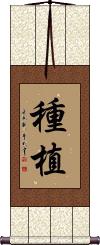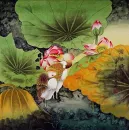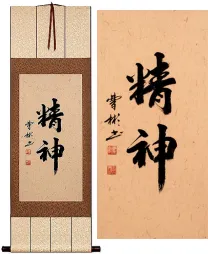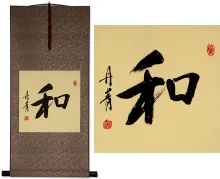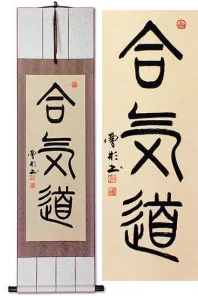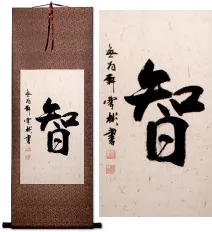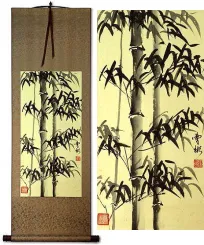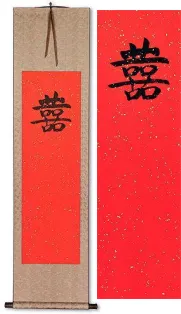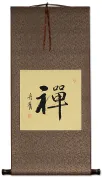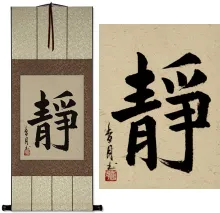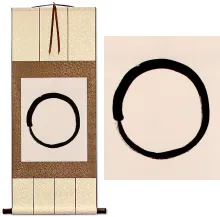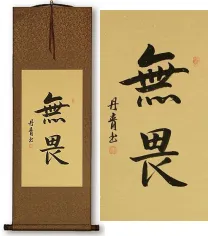Many custom options...
And formats...

Plant Grow Cultivate in Chinese / Japanese...
Buy a Plant Grow Cultivate calligraphy wall scroll here!
Plant / Grow / Cultivate
This in-stock artwork might be what you are looking for, and ships right away...
Gallery Price: $60.00
Your Price: $36.88
Gallery Price: $304.00
Your Price: $168.88
Gallery Price: $150.00
Your Price: $82.88
Gallery Price: $150.00
Your Price: $98.88
Gallery Price: $90.00
Your Price: $49.88
Gallery Price: $72.00
Your Price: $39.77
Gallery Price: $31.00
Your Price: $16.88
Gallery Price: $200.00
Your Price: $109.88
Gallery Price: $150.00
Your Price: $73.88
Not the results for Plant Grow Cultivate that you were looking for?
Below are some entries from our dictionary that may match your Plant Grow Cultivate search...
| Characters If shown, 2nd row is Simp. Chinese |
Pronunciation Romanization |
Simple Dictionary Definition |
種植 种植 see styles |
zhòng zhí zhong4 zhi2 chung chih tanae たなえ |
More info & calligraphy: Plant / Grow / Cultivate(personal name) Tanae |
種 种 see styles |
zhòng zhong4 chung tanezaki たねざき |
to plant; to grow; to cultivate (1) seed (e.g. of a plant); pip; kernel; stone (e.g. of a peach); (2) progeny; offspring; issue; breed; (3) (See 胤) paternal blood; lineage; (4) sperm; semen; seed; (5) cause; source; seed; origin; (6) material (e.g. for an article); matter (e.g. of a story); subject (of discussion); theme; (news) copy; source (of a story); (7) {food} ingredient; main ingredient (of a piece of sushi); leaven; (8) mechanism (of a magic trick, etc.); secret; trickery; (9) (kana only) {hanaf} (oft. as タネ) 10-point card; tane; animal card; (surname) Tanezaki vīja; bīja. Seed, germ; sort, species; also to sow, plant. |
The following table may be helpful for those studying Chinese or Japanese...
| Title | Characters | Romaji (Romanized Japanese) | Various forms of Romanized Chinese | |
| Plant Grow Cultivate | 種植 种植 | tanae | zhòng zhí zhong4 zhi2 zhong zhi zhongzhi | chung chih chungchih |
| In some entries above you will see that characters have different versions above and below a line. In these cases, the characters above the line are Traditional Chinese, while the ones below are Simplified Chinese. | ||||
Successful Chinese Character and Japanese Kanji calligraphy searches within the last few hours...
